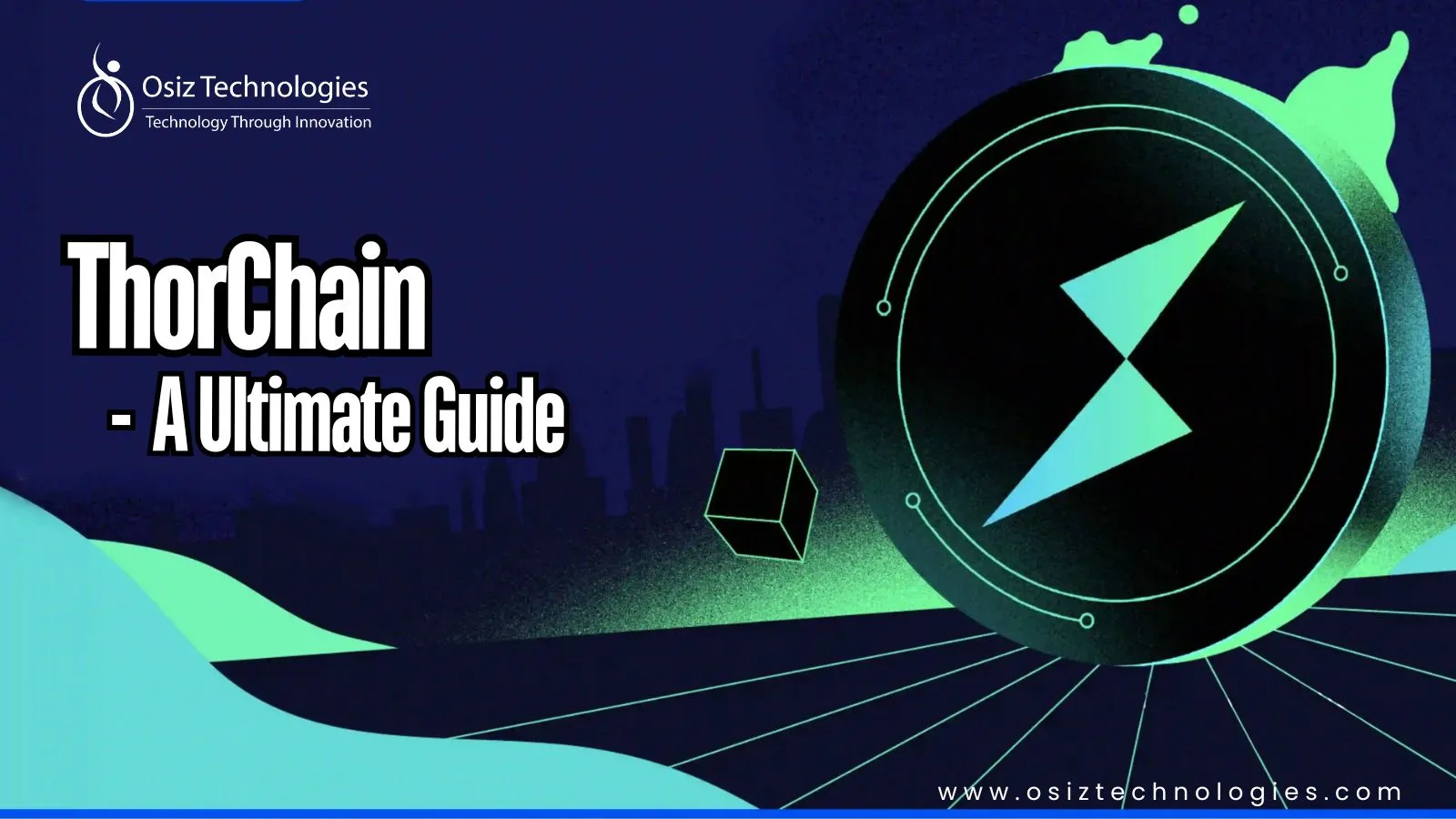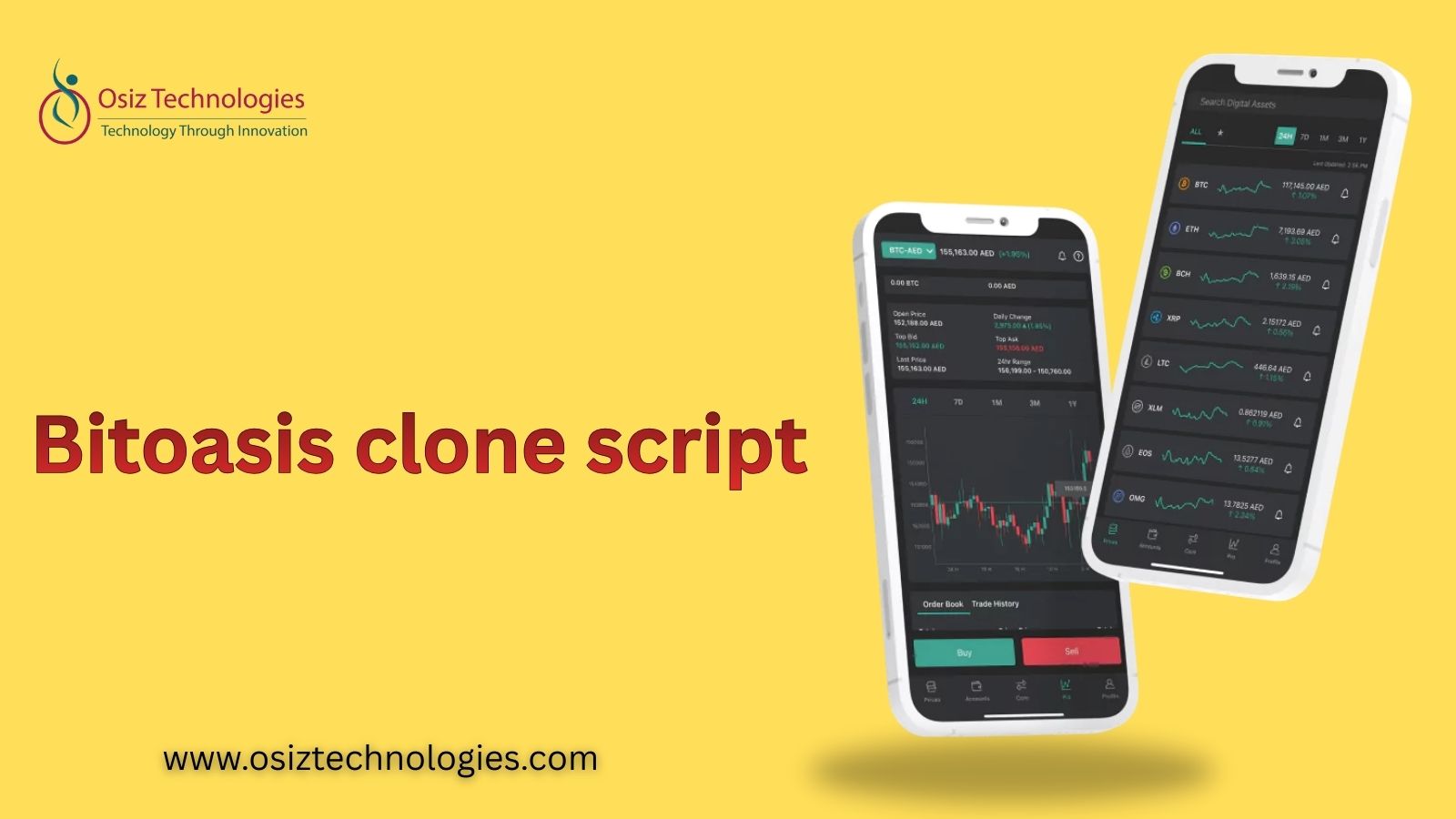In the ever-evolving world of decentralized finance (DeFi), one main challenge has stayed unsolved for years: blockchain interoperability. Most blockchains operate in seclusion, making it difficult to move assets across networks without depending on centralized exchanges or wrapped tokens. Enter ThorChain — a decentralized liquidity protocol that bridges this gap by allowing native cross-chain swaps in a truly decentralized, non-custodial manner.
ThorChain
ThorChain is an extreme protocol that allows users to trade real assets instantly across various blockchains — for example, swapping Bitcoin for Ethereum — without using centralized exchanges or synthetic tokens. Built using the Cosmos SDK and powered by Tendermint consensus, ThorChain provides high security, scalability, and decentralization. Its design avoids traditional bridges and rather uses a native liquidity model, providing true asset transfers.
How does ThorChain work?
At its core, ThorChain operates using a network of THORNodes, liquidity pools, and a smart economic model fueled by its native token, RUNE.
Here’s how it works:
- Users provide liquidity by depositing asset pairs such as BTC and ETH into ThorChain's pools.
- When a user wants to swap BTC for ETH, the design enables the trade via RUNE: BTC → RUNE → ETH.
- THORNodes validate trades, manage vaults, and follow other blockchains to securely process cross-chain swaps.
This mechanism provides that trades are non-custodial, meaning users have control of their assets. Liquidity providers and node operators are incentivized with RUNE rewards, making the system robust and self-sustaining.
What Makes ThorChain Unique?
ThorChain stands out from typical DEXs (Decentralized Exchanges) due to its ability to:
- Support native asset swaps without using covered or synthetic tokens like WBTC or wETH.
- Facilitate seamless cross-chain trading with native coins, providing authenticity and transparency.
- Use RUNE as a settlement asset to maintain liquidity and balance across pools.
- Secure vaults with Multi-Party Computation (MPC), reducing the risk of hacks or misuse.
- Support non-EVM chains like Bitcoin and Litecoin, growing well past Ethereum-based networks.
This design allows ThorChain to serve as a truly decentralized and permissionless cross-chain trading protocol, opening the door to a broader and more combined DeFi ecosystem.
RUNE – The Native Token of ThorChain
RUNE is the heartbeat of ThorChain, serving several key roles:
- Liquidity Pairing: Every liquidity pool is paired with RUNE (e.g., BTC/RUNE, ETH/RUNE), enabling streamlined swaps.
- Security Bonding: THORNode operators must bond RUNE to participate. Misbehavior results in slashing, incentivizing honest behavior.
- Incentives: Liquidity providers and node operators earn rewards in RUNE.
- Governance: As the network decentralizes further, RUNE will be used for voting on proposals and upgrades.
In essence, RUNE isn't just a utility token — it's the economic and security backbone of the entire ThorChain ecosystem.
The Future of ThorChain
ThorChain isn’t just a solution to blockchain interoperability — it’s a game-changer in how we envision the future of decentralized finance. By allowing real, unwrapped, and trustless cross-chain swaps, ThorChain is creating the foundation for a truly connected DeFi world. As the protocol develops with advanced features and more general blockchain support, it opens compelling opportunities for innovation in the multi-chain DeFi landscape.
If you're looking to build strong cross-chain DeFi applications using ThorChain or similar technologies, Osiz, a leading blockchain development company, delivers end-to-end solutions tailored to your business goals. With deep expertise in DeFi protocols, interoperability, and decentralized platforms.
Listen To The Article
Recent Blogs

X-Mas 30%
Offer












